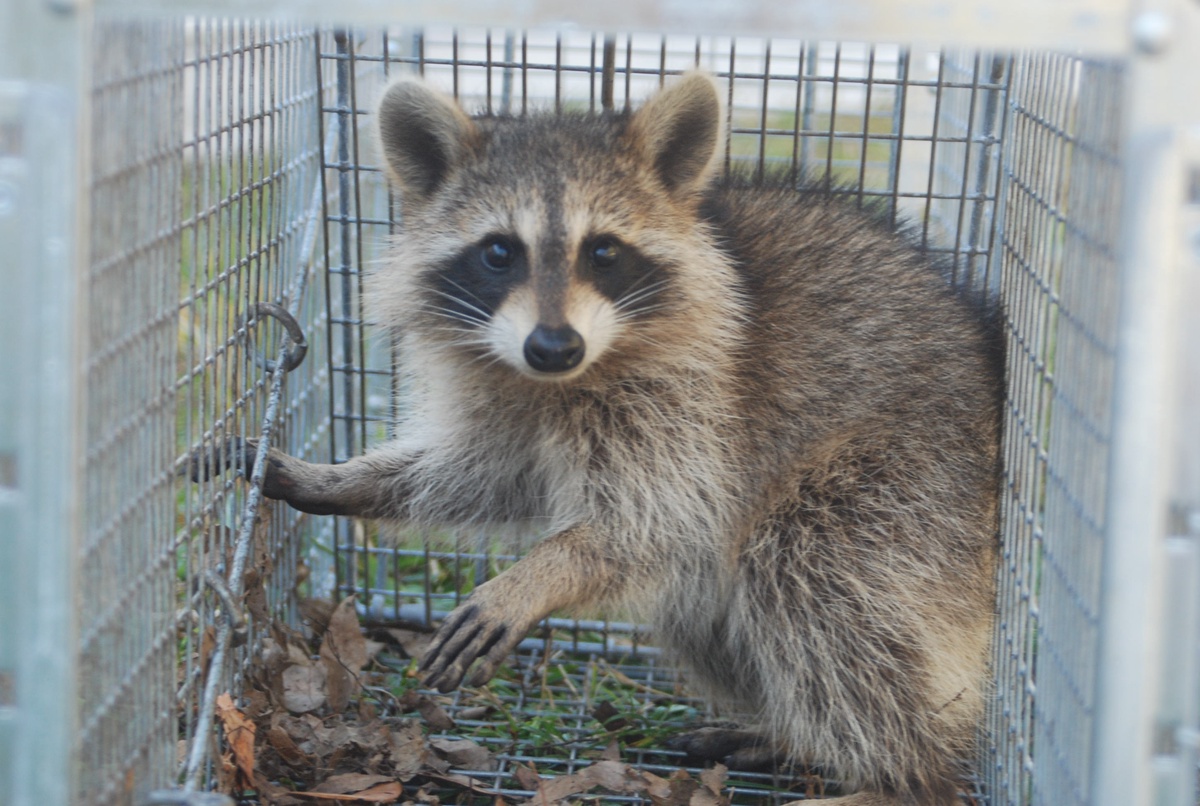In the bustling metropolis of Toronto, a unique aspect of city life often goes unnoticed until a furry creature dashes across our path or we hear the distinct rustling of wildlife in our backyard. The city's urban wildlife, from the notorious raccoons to elusive foxes, plays a significant part in the local ecosystem. However, their proximity to human habitats can sometimes lead to conflicts, necessitating effective strategies for animal control in Toronto. This article sheds light on how Toronto maintains a delicate balance, managing its urban wildlife responsibly while ensuring the safety and comfort of its human residents.
Urban Wildlife: A Diverse Cast of Characters
Toronto is home to an array of wildlife species, each adapting to urban life in its way. The cityscape is dotted with parks, ravines, and green spaces that provide habitats for various animals, including squirrels, skunks, raccoons, opossums, and even deer. While these animals are a delightful reminder of nature's proximity, they can also venture into human dwellings, causing damage or concern for safety. This intersection between humans and animals is where the need for effective animal control in Toronto becomes most apparent.
Navigating Coexistence: The Role of Animal Control Services
The city's approach to animal control is not about removing wildlife from the urban setting. Instead, it's about managing interactions between humans and animals to prevent conflict. The City of Toronto's Animal Services plays a vital role in this, providing resources for residents to understand local wildlife, respond to wildlife-related issues, and, importantly, learn how to coexist peacefully with our non-human neighbours.
One of the key strategies employed involves wildlife-proofing households and neighborhoods. This includes securing garbage bins, using wildlife-resistant food containers in parks, and modifying structures to prevent animals from entering homes and buildings. By controlling the availability of food, the city discourages wildlife from approaching human residences, thus reducing the likelihood of human-animal conflicts.
Education and Community Participation: Key to Harmony
Education is a crucial component of animal control in Toronto. City authorities and local wildlife organizations invest significant resources in community education programs. These initiatives help residents understand animal behavior, identify the species they might encounter, and take appropriate actions to prevent or resolve conflicts. This might include securing food sources, understanding the dangers of feeding wildlife, and recognizing that a seemingly orphaned animal may not need human intervention.
Community participation also extends to reporting. Residents are encouraged to report sightings of aggressive animals or those in distress, which helps authorities monitor animal behavior patterns and intervene when necessary. This collaboration is vital for maintaining a safe urban environment for both people and animals.
Resolving Conflicts Humanely: A Proactive Stance
When conflicts occur, the emphasis is on humane resolution. This means live trapping and relocation are used sparingly and only when necessary, as these methods can often be stressful for animals and lead to unintended ecological consequences. Instead, the city often employs strategies like habitat modification or deterrents to encourage animals to relocate naturally.
Furthermore, in situations where animals pose a direct threat to residents or themselves, specialized wildlife control professionals may be called in to handle the situation delicately, prioritizing the well-being of the animal while ensuring public safety.
Looking Ahead: The Future of Urban Wildlife Management
As Toronto continues to grow, the question of how to manage urban wildlife sustainably remains at the forefront. Future strategies may include enhancing natural habitats within the city to support wildlife populations, expanding public education programs, and exploring new humane animal control technologies and methodologies.
In conclusion, animal control in Toronto isn't just about managing wildlife; it's about shaping a city where humans and animals can thrive side by side. Through a combination of public education, humane practices, and community participation, Toronto is setting a commendable standard for urban wildlife management, reflecting a community deeply invested in the health and harmony of all its inhabitants, whether on two legs or four.


No comments yet